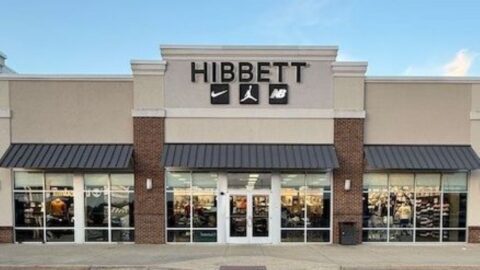Accessibility is just as important online as it is in the physical world, and failure to meet shoppers’ needs can have high costs. The number of federal web accessibility lawsuits tripled in 2018 to 2,258. E-Commerce accessibility is made even more challenging by the fact that the Americans with Disabilities Act (ADA) doesn’t explicitly address online compliance, meaning courts address these lawsuits on a case-by-case basis.
However, putting in the effort to plan and implement accessibility-based web solutions can defuse potential lawsuits — even if it doesn’t completely solve the problem, according to Brian Wolfe, VP of Commerce at Capgemini DCX.
“If a claim is brought and you’re able to show you did your due diligence and you have a plan in place, then that goes a long way towards avoiding any sort of fines,” said Wolfe in an interview with Retail TouchPoints. “In the end you may just end up with some direction in court to clean up a few of the elements of the web site. It goes a long way to have an expert do an assessment, take their advice, have somebody make those changes, then have the auditor come back and confirm that things are working properly from an accessibility standpoint.”
Some of the common accessibility challenges that need to be addressed include:
- Deaf individuals needing captions for web videos;
- Shoppers with impaired vision needing high contrast between text and backgrounds, and/or the ability to resize text;
- Those with limited manual dexterity or vision disabilities needing assistive technology or keyboard alternatives for mouse commands; and
- Consumers with intellectual or vision disabilities facing difficulty on sites that require timed responses.
A Good Audit Is Important, But Don’t Go Overboard
Ensuring that a web site meets the needs of these shoppers and others with disabilities is a specialized task suited for experts. However, the lack of federal certification for auditors means the field is currently like “the Wild West,” and it’s up to retailers to find the right expert for their needs, according to Wolfe.
A good ADA auditor will come with references built up over years of experiences and an accompanying track record of proven results. They also should demonstrate an understanding of industry standards, such as the Web Content Accessibility Guidelines, to show they’re up to date on best practices that change regularly.
For their part, retailers need to have a clear goal and plan in place. It’s possible to add too many features in the name of compliance, which can rack up costs without actually improving service for your customers, so retailers need to be able to separate valuable upgrades from unnecessary complications.
“Retailers need to understand the things that matter and will protect them against a lawsuit compared to the things that don’t matter,” said Wolfe. “What you don’t want to do is have the auditor too aggressively call out everything — then you’re spending a fortune on things that may not actually add any value.”
Retailers should work with auditors to establish a baseline for due diligence and proceed from there rather than trying to meet the needs of every possible scenario.
“There are hundreds of different tools, and they all provide you with different results,” said Wolfe. “If you try two or three, you’re going to get different results out of them. Unfortunately, there’s not a simple black and white answer to use this one tool and it will tell you if you’re good or not. That’s the challenge with this.”
Solution Providers Play A Role In Compliance Too
Ensuring web accessibility isn’t a solo task for retailers — solution providers have a stake as well. Both companies need to work together to ensure that the vendor’s platform is meeting the needs of the retailer’s audience.
Larger software platforms like Salesforce, SAP and Adobe Magento provide a starting point for retailers that can be customized to fit their needs, and accessibility challenges need to be approached through the same lens as any other customization. Retailers can provide feedback that fits their needs — though they once again they need to make sure they are solving real problems and not making too many expensive modifications.
Certain specialized solutions, typically those with their own user interfaces like fraud or address verification, tend to be less customizable than those that are part of larger platforms’ UIs. In these cases, Wolfe suggested that retailers write into their contract that the vendor will ensure their UI is compliant with ADA regulations.
A Little Customer Service Can Go A Long Way
Even a well-crafted accessibility plan will miss some customers’ needs. This is the point when retailers need to listen to complaints and make an honest effort to reach a resolution, even before they change their site. For instance, if a shopper calls to complain that they had trouble reading a site, letting them make their order over the phone can remedy their concern before the problem escalates to a potential lawsuit.
“Another tool, and this is incredibly obvious but sometimes people don’t think about it, is your customer service team,” said Wolfe. “If people with disabilities are trying to use your site, and your customer service people take their feedback seriously when they call in or send an email, that goes a long way towards avoiding claims.”













